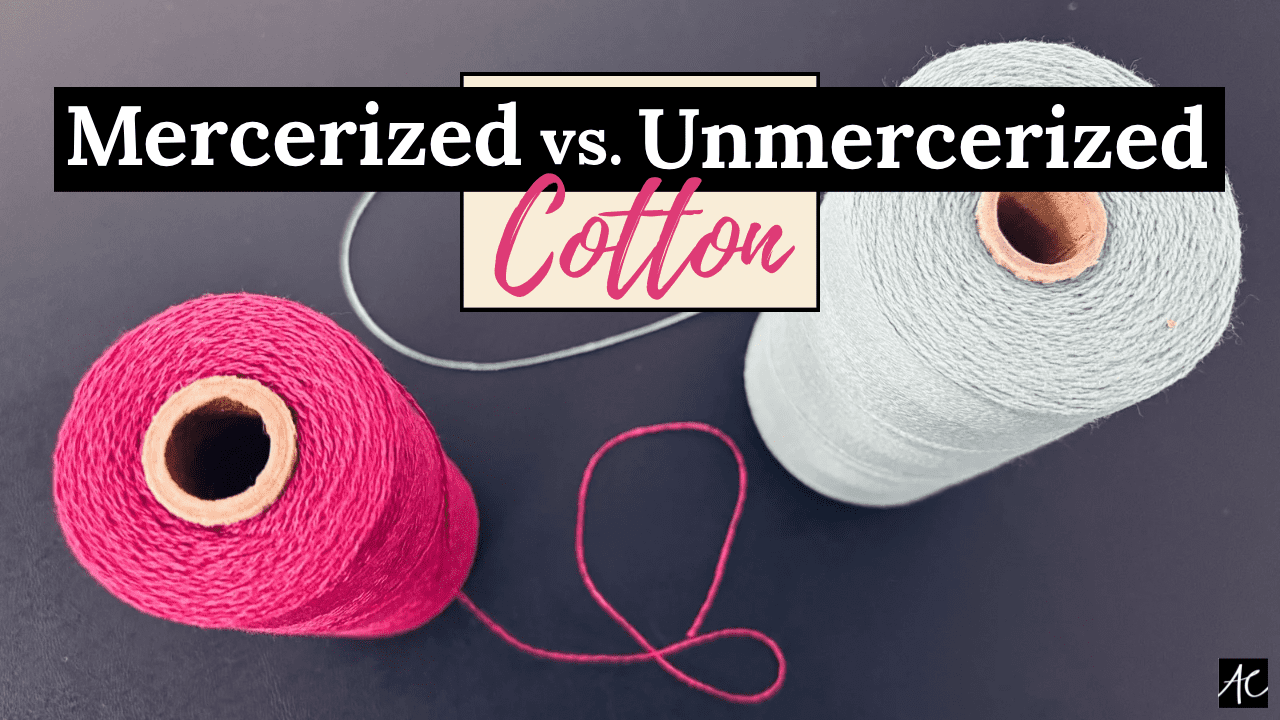This is it – the last in our series on weaving patterns! We’re going out strong with tapestry weaving. I have no doubt that you’ve heard of this before. Whenever you think of a medieval wall hanging depicting a knight fighting some kind of dragon, that’s tapestry.
This style of weaving is perfect for the artist who wants to create images in fiber. Portraits, landscapes, logos, abstracts – it’s all possible. There are very few restrictions when working with tapestry. You only need to be aware that the process isn’t quick. If you’re okay with that, you can be off and running! Check out this week’s video to get an overview.
Show Notes –
Plain Weave – Plain weave is where it all starts, the most basic style of weaving there is. Over, under, over, under.
Twill Weave – Twill weave has an angled element to it, giving it a very distinctive look. Your blue jeans are made with twill weave.
Rep Weave – Rep weave (or ripsmatta) has a unique ribbed look to it. You can also identify it by its color blocks and geometric look.
Overshot Weave – Overshot is a weaving pattern used in historical coverlets.
Double Weave – Double weave is a weaving pattern where you weave 2 layers of fabric at the same time.
Tapestry Weave – Tapestry is created using a frame loom. String warp yarns one direction, then fill in the weft yarns the other direction one at a time, to produce your image. It’s helpful to pin an outline or “cartoon” behind your piece to provide boundaries on where each color or fiber needs to be placed.
Tapestry Bobbin – A tapestry bobbin is a pointed piece designed to hold some weft yarn at one end and help you maneuver through the warp yarns with the other.
Cartoon – A cartoon is another word for an outline.
Tapestry Loom – This refers to a frame loom that comes in many sizes. Please note that you don’t need a specific loom to do tapestry. You can create a tapestry on your traditional floor or table loom.
Freebie for You!
Great news – I have created a free .pdf that follows along with this weaving pattern series! It provides an overview of each weaving pattern. Plus, tells you how to recognize it and what it is used for. And I’ve included a few notes on how to create the pattern on your loom. It’s a fabulous resource! Click here to get your copy today. Happy Weaving!



